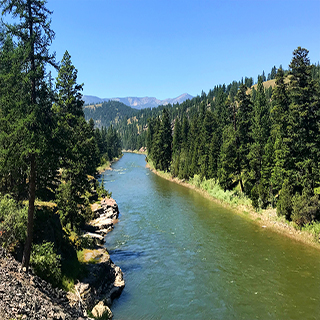Assessing Technology Induced Change in Terms of Economic Impact & Sustainability
The last few decades have shown the potential for information technology to transform various industries. The use of commercial unmanned aerial systems (UAS) alone is expected to nearly triple over the next 10 years. Machine learning (ML) and UAS have the potential to broadly impact industries and society by changing how tasks are performed, costs and time associated with tasks, perceptions of safety and privacy, and depth of knowledge gleaned from data. Downsides from these technologies include concerns over privacy, liability, data ownership, and displacement of workers. Though there has been much speculation over the socio-economic impacts from the use of UAS and ML for natural resource management, there is so far little empirical evidence of those impacts and their effects.
Rather than try to assess the impact of UAS on all three research domains, we will focus our efforts on their use by the oil and gas industry to detect methane release among abandoned wells in Alaska and the potential impacts from ML.
Drone-based remote sensing of oil and gas wells can be an informative part of methane leakage monitoring. Sensors can include direct methane detection, HD imaging, and/or magnetometers to detect the distinct signature of vertical metal pipes and aid well site location.
Well site location can be a laborious and extremely costly process. Frequently, this involves approximate starting coordinates from historical records, several people with shovels and metal detectors, dense vegetation, and remote locations.
Led by University of Alaska professor Mike Jones, our team is parsing through a long history of Alaskan mergers, acquisitions, bankruptcies and land transfers to isolate a sample of current operators responsible for active wells as well as retired, plugged and abandoned “P&A’d” wells. An upcoming survey will identify current and future drone use among operators, cost and labor savings, and where that labor has been redistributed. Further, our records analysis is helping the Alaska Oil and Gas Conservation Commission (AOGCC) to identify potential “orphan” wells that lack existing private sector ownership and may have been improperly plugged. This same record analysis also helps identify where private entities, rather than the state, are responsible for shouldering costs.
Further, we are modeling a prioritization protocol to aid AOGCC in cost effectively approaching orphan well monitoring and plugging, based on “orphan” status, well age, and accessibility. Our talented undergraduate interns are also actively involved in AOGCC collaborations on suspected orphan well sites in coastal Southeastern Alaska to put these modeling concepts into practice.
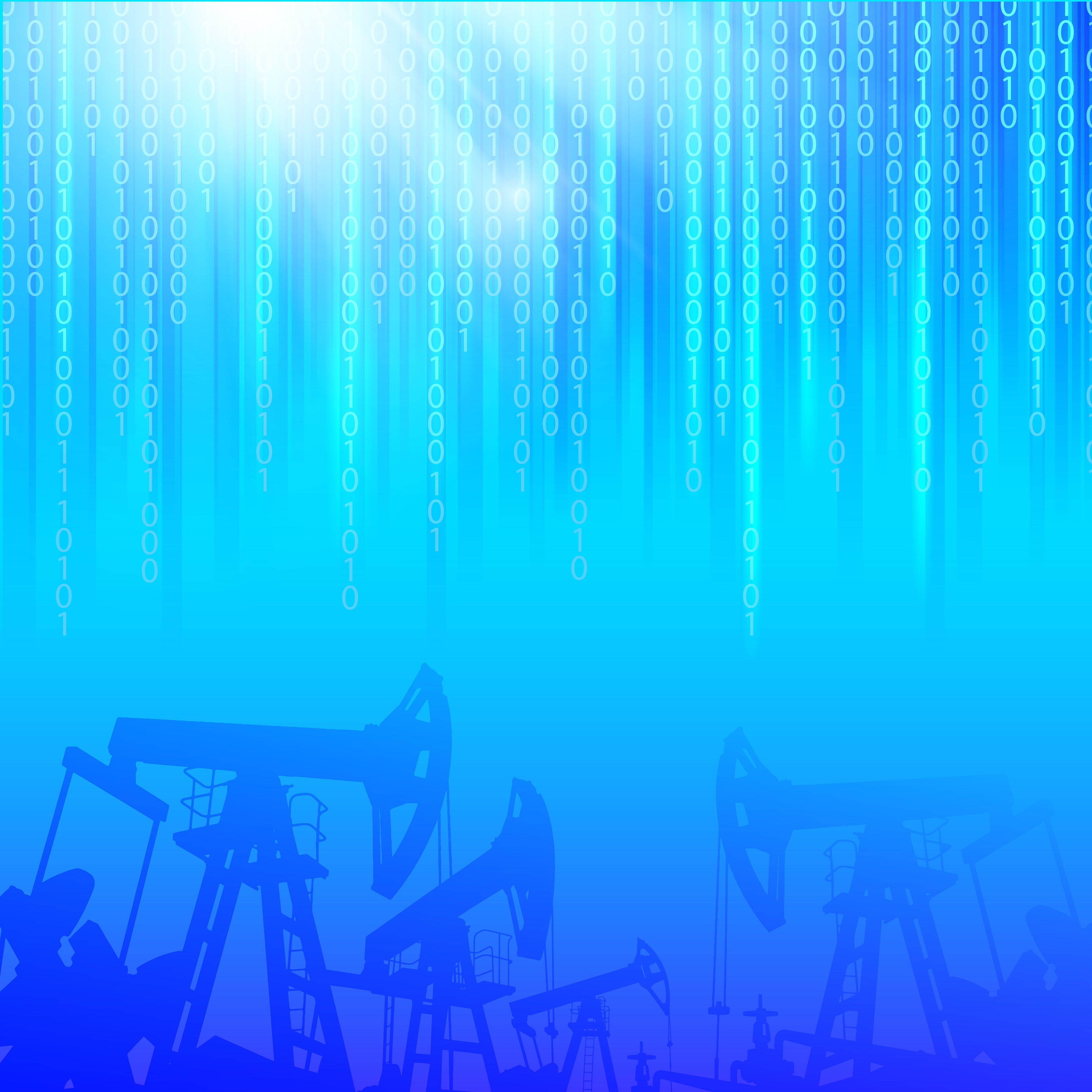
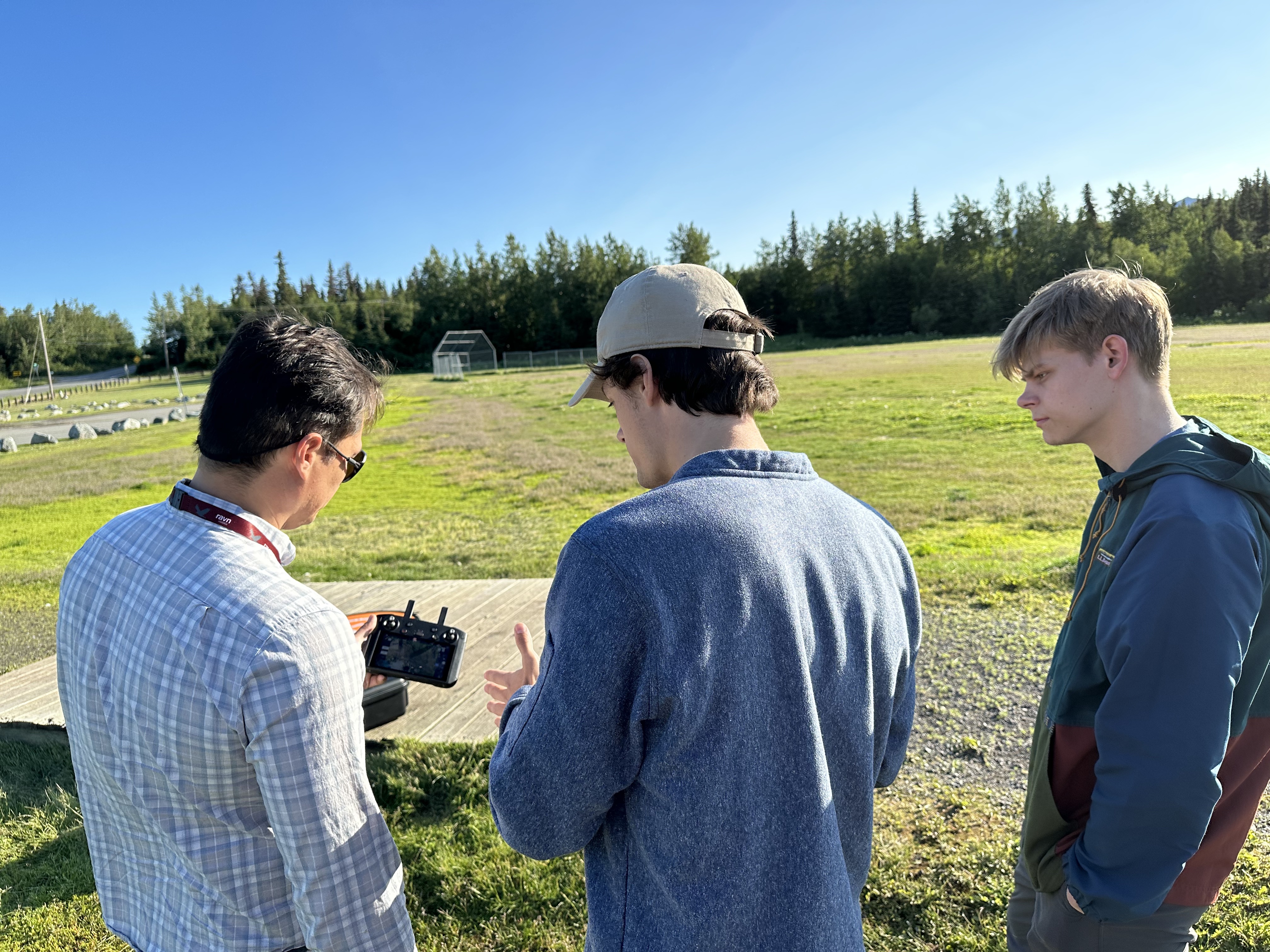 `
`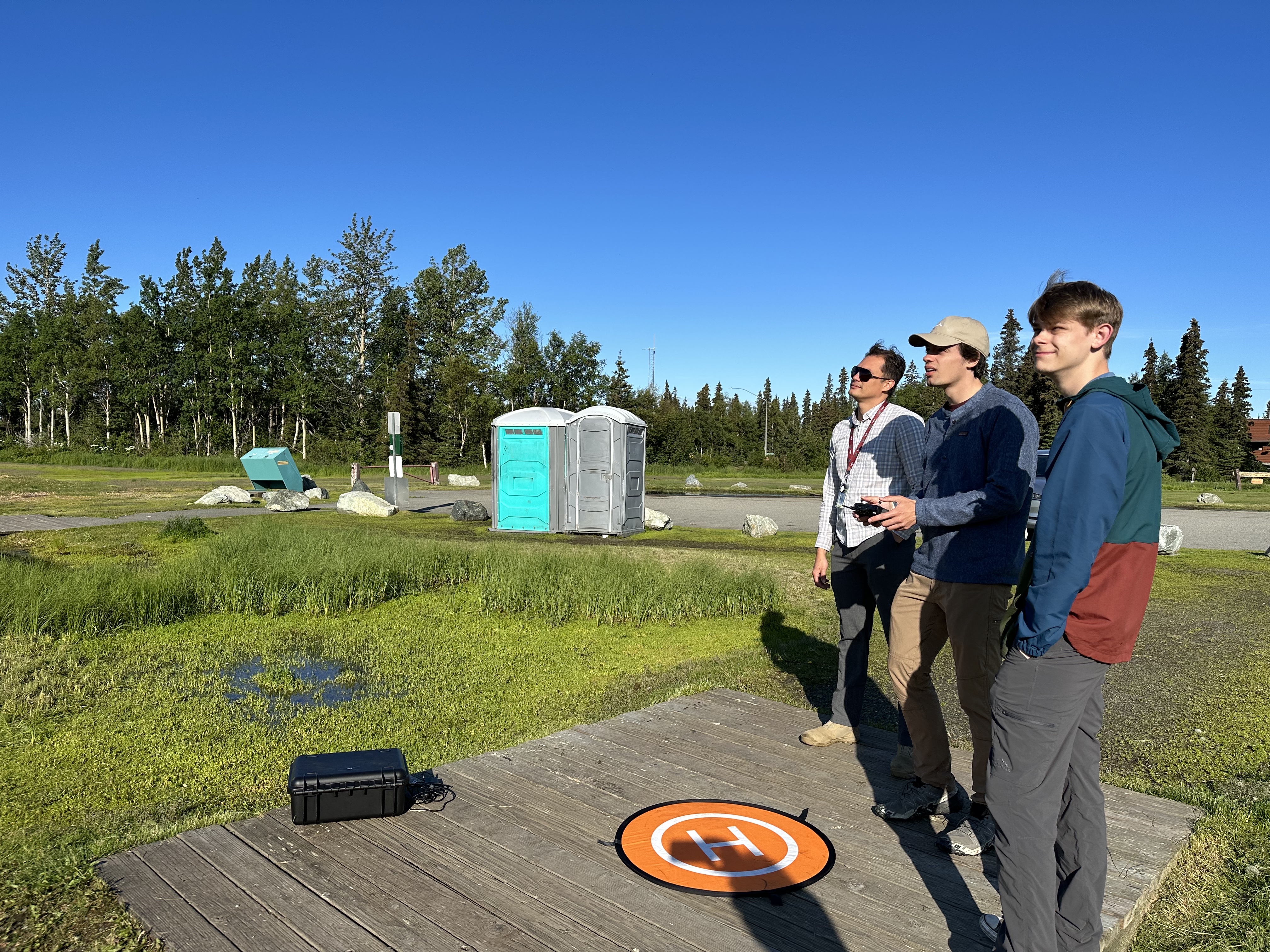
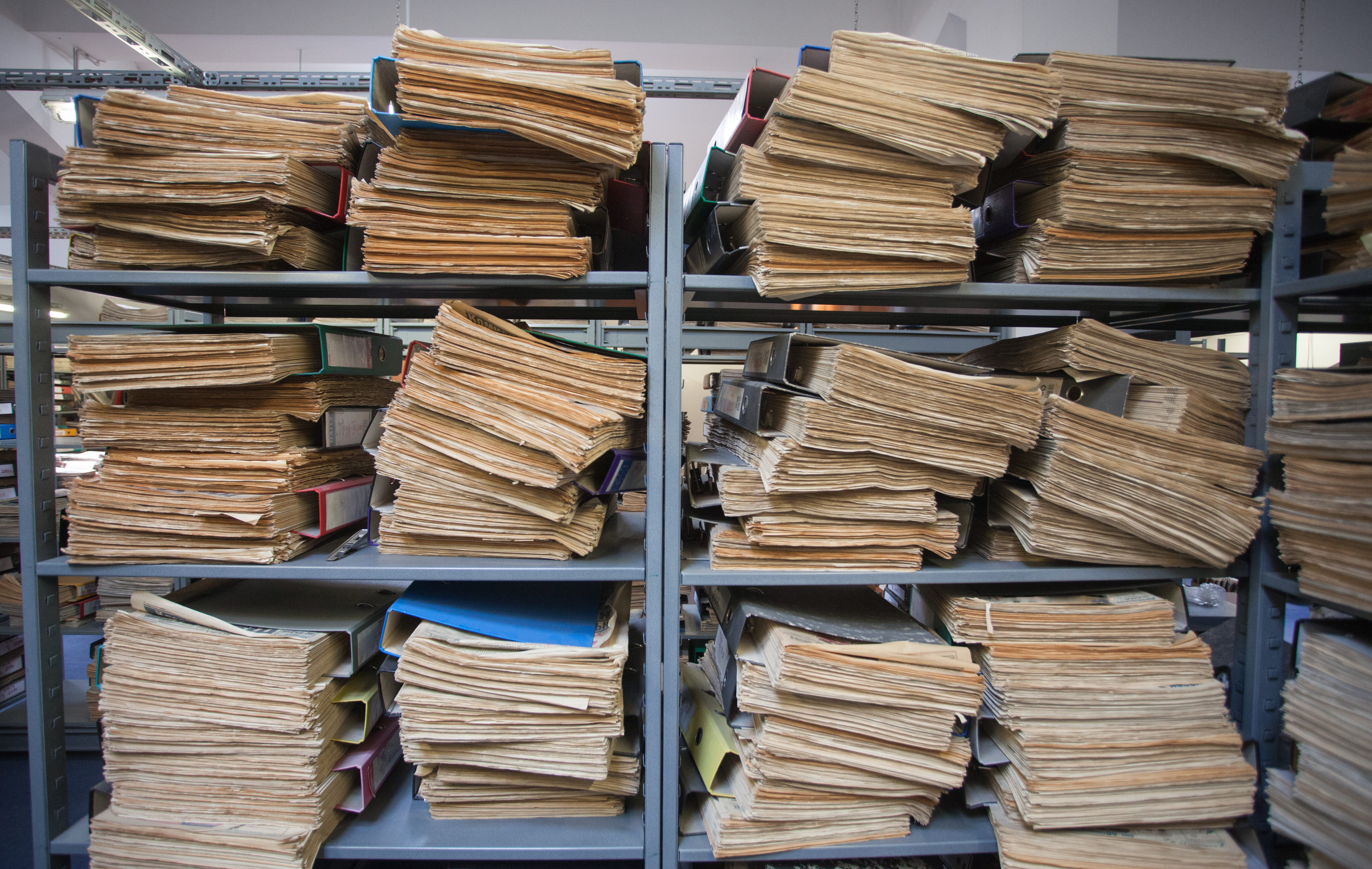
This material is based upon work supported in part by the National Science Foundation EPSCoR Cooperative Agreement OIA-2119689. Any opinions, findings, and conclusions or recommendations expressed in this material are those of the author(s) and do not necessarily reflect the views of the National Science Foundation.
